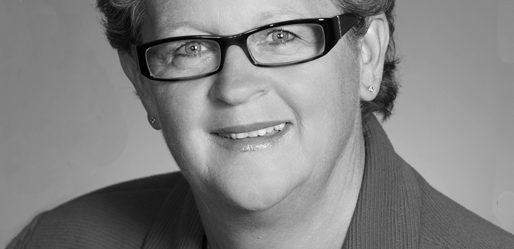Should Canada do more to curb the health threat of radon gas?

In 2009, Donna Schmidt died of lung cancer. By the time she noticed symptoms and was diagnosed, the cancer had spread from her lung to her spine, liver, breast, bone and brain. She wrote a blog chronicling her last few months in treatment, signing her last post off with, “Thanks to all for everything you have …
















